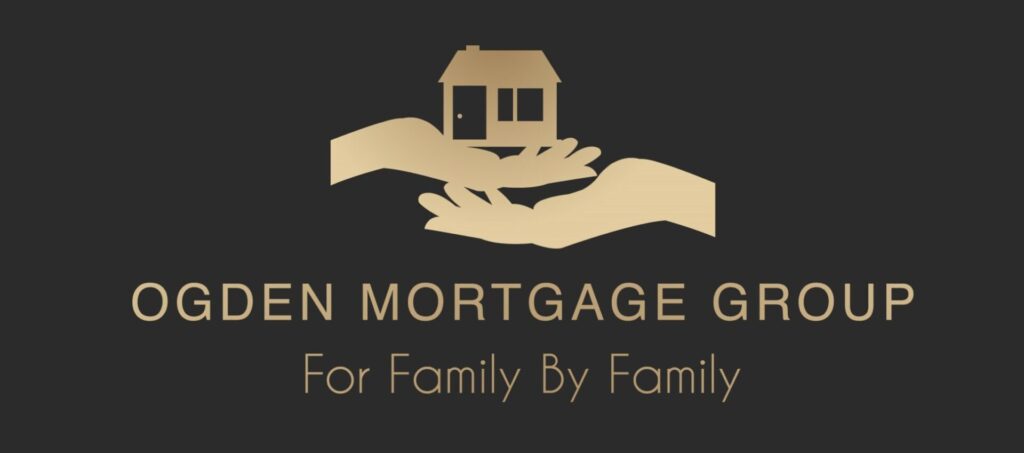Hello, Welcome to Episode 2 OMGs Mortgage Lounge. I am Judy Ogden (nmls #770604), the owner of Ogden Mortgage Group Inc (nmls #2152903). I have been in the mortgage industry for over 40 years and have a high level of knowledge and experience to help you navigate the sea of mortgage loan options.
Did you know that if you have not owned real estate in the last 3 years, you are considered to be a First Time Homebuyer? Did you know that if you are a divorced spouse that had a joint primary home and the courts awarded the home to the ex-spouse, you are considered to be a First Time Homebuyer if you are buying a primary residence. So whether you previously owned a home or have never owned a home, there are a variety of First Time Homebuyer programs that may be available to you.
1. Conventional (Fannie Mae and Freddie Mac) have programs that allow for a minimum of a 3% down payment, but require higher credit scores, and have no limitations for property location, only that the property being purchased will be a primary residence. A primary residence is a property that is 1-4 units in which you will occupy at least 1 unit.
2. USDA is somewhat of a First Time Homebuyer program as it only requires the borrower to not currently own a home, but does not require the 3 year wait time of homeownership to qualify. USDA is a 0% down payment program, requiring credit scores of 620 or higher; however, there are property location restrictions, and the property being purchased must be a primary residence.
3. FHA can be a First Time Homebuyer program, but is not limited to First Time Homebuyers, only that the property being purchased will be a primary. Borrowers can currently or previously own or have owned other real estate. FHA allows for a 3.5% down payment, and there are some options in which a down payment assistance grant may be obtained to help. FHA also allows for credit scores down to 585, and requires a 10% down payment for credit scores between 520 and 585. FHA also has no limitations for property location; however, the property being purchased must be a primary residence and must meet satisfactory property condition requirements.
There are many flexible loan options that do not require the traditional 20% down payment from borrowers, which can help borrowers obtain more purchasing power.
More myth buster points of interest regarding down payments, are that borrowers can obtain gift funds from a family member to satisfy lending program requirements. Also, 401k funds can be used, if the 401k plan permits, for home purchases, and the repayment requirement by the employee is NOT considered as a monthly debt in qualifying. Another down payment option is to use a tangible item (such as an auto/boat, etc) as collateral to borrow the funds for the home purchase. In this case the borrower must qualify with the new loan payment to meet program requirements.
Also important, to summarize, do NOT make large deposits (over 25% of your monthly income) into your accounts that cannot be documented, don’t move money around between accounts, don’t obtain a gift prior to you obtaining a loan approval.
There’s a lot to this process to be sure, but rest assured OMG will walk you through each step to make sure you understand exactly what you are doing!
